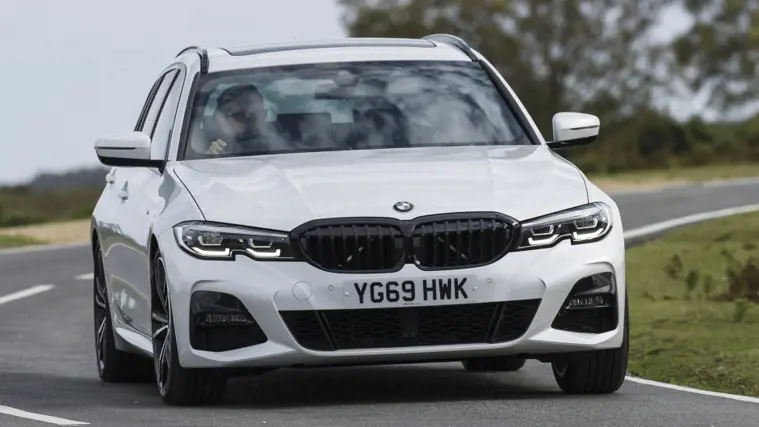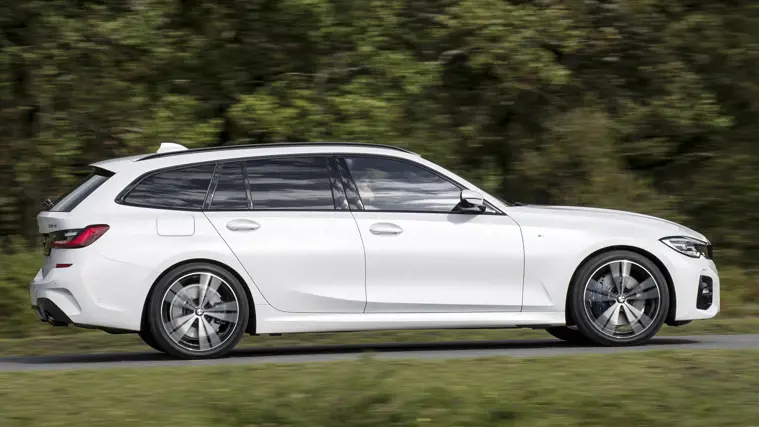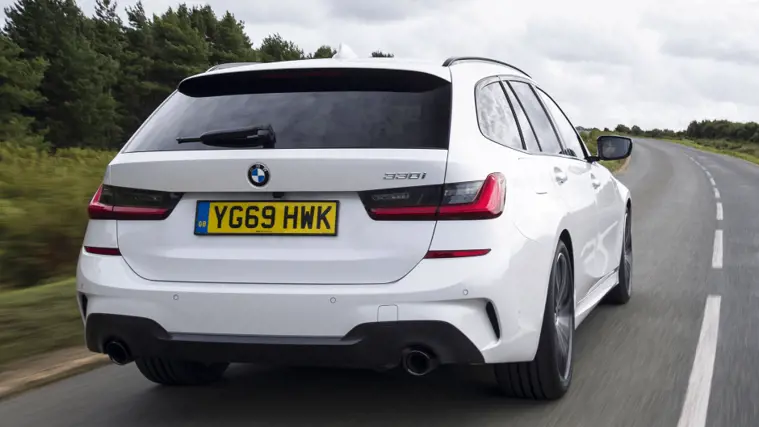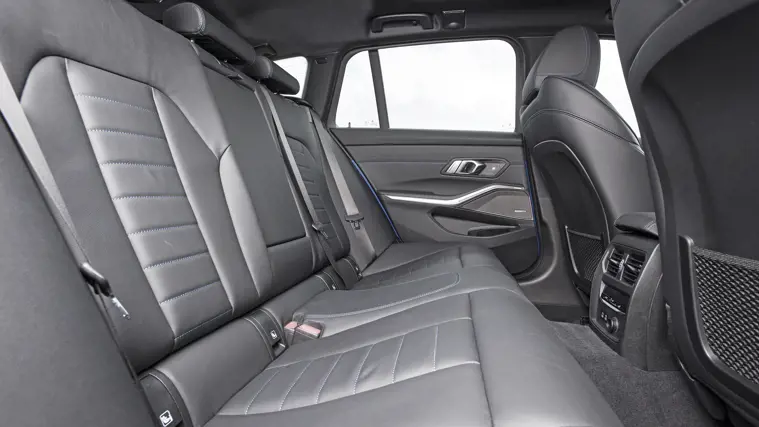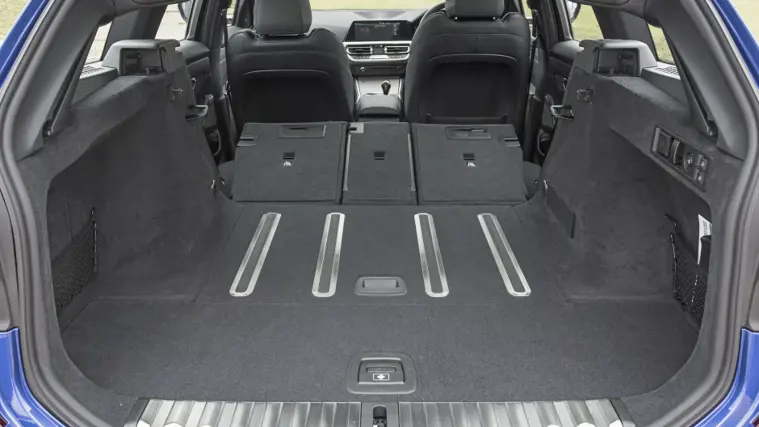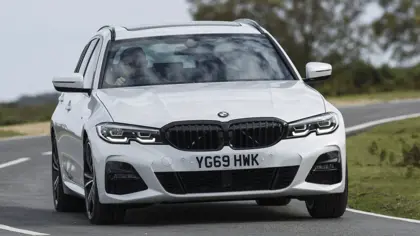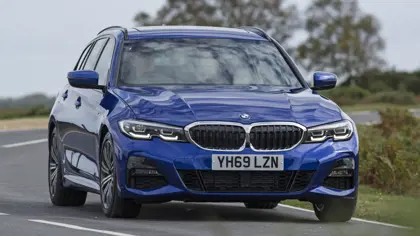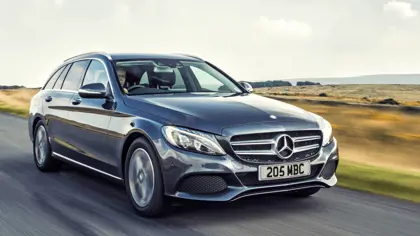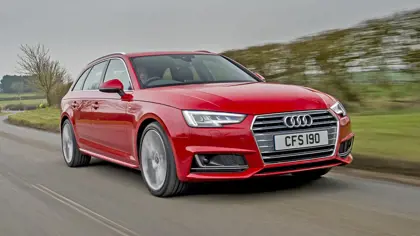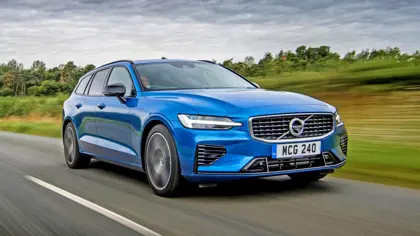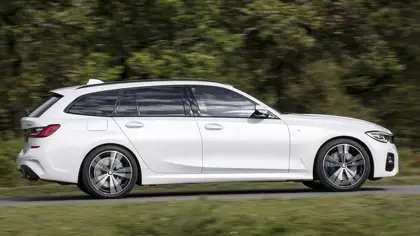BMW 3 Series Touring Review
As an estate car with a desirable badge, a high-quality feel and an enjoyable drive, the BMW 3 Series Touring has few peers
Strengths & weaknesses
- Sporty and fun driving experience
- Looks and feels upmarket
- Interior design is very user-friendly
- No electric version available
- Other estates are more spacious
- Ride a little uncomfortable in M Sport trim
At one time, the BMW 3 Series Touring was the go-to, automatic choice if you were after a smart-looking, fun-to-drive family car with an upmarket badge - and one which could easily deal with long-distance road trips.
In recent years, however, the 3 Series Touring has come under increasing competition from all sorts of new models including SUVs and electric cars such as the Tesla Model 3. That’s on top of estate car rivals such as the Audi A4 Avant, Mercedes C-Class and Volvo V60.
The latest 3 Series Touring has responded with a raft of improvements. Launched in 2019, it’s still a typical 3 Series estate - in that it’s fun to drive, spacious and feels well built. It still offers a great range of engine choices, too, be they fuel-efficient diesel, peppy entry-level petrols or performance-focused six-cylinder options.
Beyond this, though, the latest 3 Series Touring also now gets cutting edge technology in the form of petrol-electric plug-in hybrid power (a first for the 3 Series Touring body style), as well as mild hybrid technology on the 320d diesel model. Four-wheel-drive is available on many models, too, and the list of standard-fit equipment is impressive.
Engine choices start with the 156hp 318i, 184hp 320i and 258hp 330i four-cylinder petrols, while diesel options include the 150hp 318d, the 190hp 320d and the six-cylinder 330d.
At the top of the range you’ll find the 374hp 3.0-litre M340i xDrive, which is capable of accelerating from 0-62mph in 4.5 seconds, as well as the 340hp M340d xDrive diesel, which can do the same sprint in 4.8 seconds.
There’s also the 330e plug-in hybrid, which combines a 2.0-litre petrol engine and an electric motor to produce a substantial 292hp in total.
Most 3 Series Tourings come with an impressively responsive and easy going eight-speed automatic gearbox, though the 318d and 318i are available with a six-speed manual gearbox. Many Tourings come with four-wheel-drive as opposed to rear-wheel-drive for added grip on loose or slippery surfaces. These are badged as ‘xDrive’ cars.
The high-end M340d and M340i models come with an adaptive suspension system that allows you to switch the suspension between a softer comfort-focused setup and a more firm setting for when you’re feeling like a more sporty drive. It’s an expensive option on other models in the range, but quite an impressive bit of kit.
Even on non-adaptive suspension, the 3 Series Touring feels agile and fun to drive. It experiences very little body lean in corners and the suspension does a good job of keeping the car from feeling overly bouncy on bumpy roads. The more basic, softer setup in Sport and SE models controls the car’s body movements less tightly, but is more comfortable, while still offering a sporty-feeling drive.
Inside, everything feels very well put together - which is important in a car with a premium badge on the bonnet - and the seats both comfort and support you. The standard central touchscreen media system, instrument display and other controls are all logical and easy to use.
We particularly like the ‘iDrive’ rotary control, which is a physical dial and series of buttons that means accessing sat-nav, radio or other functions on the move can be done with the minimum of distraction from the road compared with having to prod away at a touchscreen in a number of rival models.
The 3 Series Touring is well equipped too, including Bluetooth phone connectivity, three-zone climate control and cruise control as standard.
Should I get a BMW 3 Series Touring?
✔ Sporty and fun driving experience
✔ Looks and feels upmarket
✔ Interior design is very user-friendly
✘ No electric version available
✘ Other estates are more spacious
✘ Ride a little uncomfortable in M Sport trim
If you need a bit of extra luggage space, and plenty of interior room for a growing family, but don’t want to sacrifice a fun driving experience or an upmarket badge, then the 3 Series Touring will tick an awful lot of boxes for you.
There’s also a 3 Series Touring out there to suit all sorts of motoring requirements. If you are more focused on value for money then you could consider a 318i or 318d SE. If you want the benefit of a short electric range where you can take some journeys without having to use any petrol - provided you charge the car first - the 330e plug-in hybrid will be for you. And if you want sports car pace from your family car, then the M340i xDrive will be the answer.
In short, the BMW 3 Series Touring is a remarkably talented family car, whichever flavour you’re interested in.
- Models explained
- Trim levels
- Engine/Motor
- Hybrid/Plug-in hybrid
- Best 3 Series Touring for...
- Rivals
- Dimensions
- Boot space
- Reliability
- Warranty
- Should I buy used?
- Deals
BMW 3 Series Touring (2019-present): models explained
BMW 3 Series Touring
The 3 Series Touring takes all the excellent qualities of the 3 Series Saloon - an enjoyable driving experience, a high-quality interior filled with cutting-edge technology and a premium brand image, and adds the flexibility of an estate car body style.
So, you get the same trim levels and engines as the regular model - although not the super-fast M3 version, at least for the first few years of this model's life cycle - plus increased boot space and a tailgate where the rear window opens independently, as well as with the regular hatchback.
For the first time, too, there’s a plug-in hybrid version of the Touring (see below).
BMW 330e Touring
The plug-in hybrid version of this iteration of the 3 Series Touring is a first for BMW: although it’s offered a plug-in hybrid 3 Series for several years, up until the launch of this model it was only available in saloon form.
The 330e Touring is ideal for company car users as it means attractive tax rates, plus you can drive for up to 34 miles solely on electric power, from a full charge, before the petrol engine cuts in. This is a 2.0-litre motor that, combined with the electric motor, produces a total of 292hp, which is a substantially amount of power for a car of this size.
Which BMW 3 Series Touring to buy: trim levels
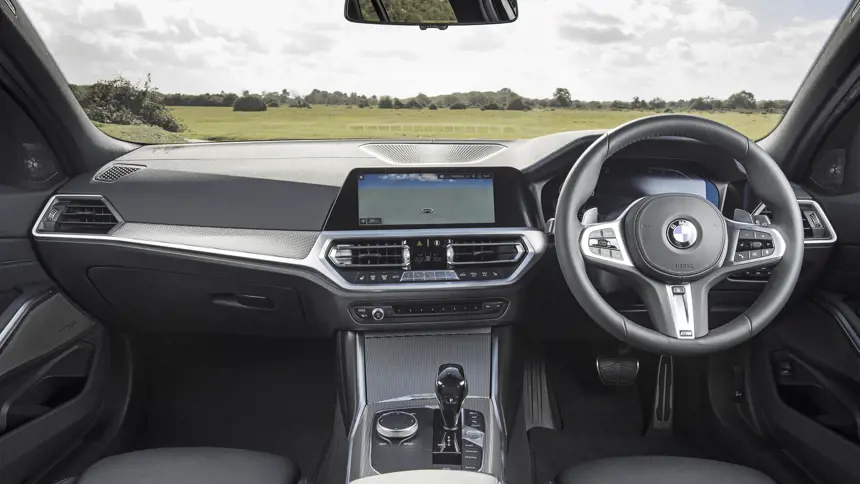
| Trim | Equipment | Deals |
| SE | Limited stock: You get plenty of equipment as standard with even the lowest-spec SE trim. This includes, three-zone climate control, cruise control, adaptive LED headlights, sat-nav and a reversing camera. | |
| Sport | Limited stock: It doesn’t cost all that much more to step up to a Sport version from an SE car. Do so and you get larger, differently styled 18-inch alloy wheels, and a bigger fuel tank, which is useful for those longer drives. | |
| M Sport | From £12,995: Buy an M Sport car and you get a sportier body styling kit, different 18-inch alloy wheel designs to the Sport model, a sports steering wheel, a dark interior headlining and sporty leather seats. |
Best BMW 3 Series Touring engine
Every engine available in the 3 Series Touring is worthy of praise - they all perform well and deliver good fuel economy. However, the M340i xDrive, with its 374hp 3.0-litre six-cylinder engine is particularly brilliant for keen drivers.
It’s very fast indeed, whether accelerating from 0-62mph in 4.5 seconds, or delivering instant overtaking punch at higher speeds. Plus it sounds great while you’re doing it. Yet it’s also flexible, refined and capable of delivering 40mpg on a gentle motorway cruise, meaning that it shouldn't cost too much to fuel.
If you regularly do long motorway trips, the M340d xDrive diesel makes a solid alternative. It's almost as quick, but should prove cheaper at the pumps, thanks to its more economical engine.
BMW 330e PHEV
There’s no electric car option for the 3 Series Touring, so the 330e is the next best thing if you want to be able to drive with zero tailpipe emissions. The 12kWh battery gives you around 34 miles of electric range from a full charge before you’ll need to use the petrol engine, and you can charge it up in around 3.5 hours.
You can opt for rear-wheel-drive or four-wheel-drive models (which BMW brands as ‘xDrive’). The four-wheel-drive version can manage up to 156mpg and emits 46g/km of CO2, while the rear-wheel-drive model could in theory get you 176mpg for 39g/km.
However, to achieve this sort of fuel economy, most of your journeys would need to be largely made on electric power alone - meaning you'll need to charge regularly and cover mostly short trips. Longer journeys mean the 330e will inevitably mostly rely on its petrol engine once the electric range has been used up, reducing overall fuel-efficiency.
Best BMW 3 Series Touring model for…
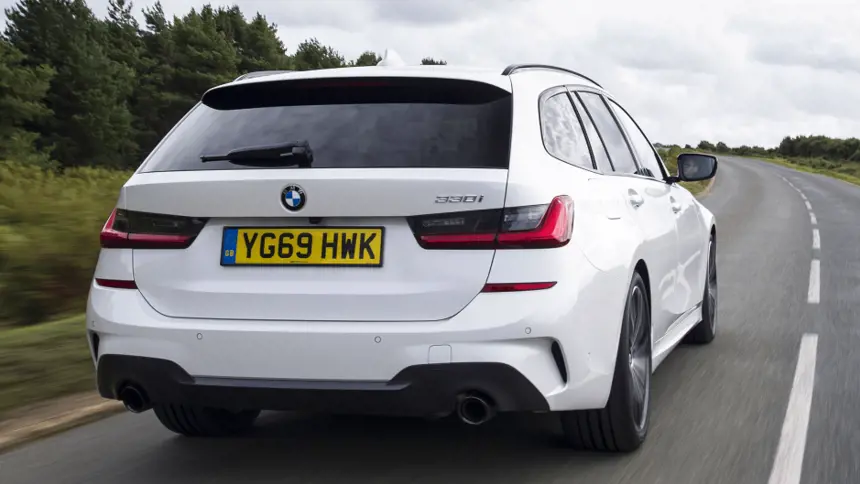
With exciting performance models, petrol-electric plug-in hybrids and fuel-sipping diesels available, you should be able to find a BMW 3 Series Touring out there to suit you, whatever your motoring needs and budget.
| BMW 320d SE Touring: If you’re on a bit of a tight budget, you won’t feel like you’re missing out if you opt for an SE model - it’s more than generous with standard equipment. Do stretch to the 190hp 320d if you can, though; the 150hp 318d is much less satisfying to drive. | ||
| BMW 320d Sport Touring: Any Touring model is great for swallowing the clutter of family life, but the 320d Sport blends great fuel economy with flexible performance and sharp looks, while being a little more comfortable to ride in than an M Sport model. | ||
| BMW M340i xDrive Touring: Since you can’t get an M3 Touring at the time of writing (and it’ll be pricey when one does arrive), the M340i xDrive is the most performance-focused 3 Series Touring. Yet it’s also still quite economical - it can even achieve 40mpg if you drive it carefully. | ||
| BMW 318d Touring: The 318d is cheaper and marginally more economical than the 320d, but the 320d offers much more flexible performance from the engine, so although the 318d costs less, it arguably represents worse value for money. |
BMW 3 Series Touring rivals
The main rivals if you’re looking at the BMW 3 Series Touring are the Mercedes C-Class Estate and the Audi A4 Avant. Both are just as luxurious as the BMW and both are available with an equally wide range of engine options. However, the BMW is a little more sporty to drive than both. In terms of boot space, the BMW more practical than the Mercedes, but the Audi A4 Avant has identical luggage space.
If you want something a little different from the premium brand mainstream, then the Volvo V60 Should be on your shopping list. Your choice of engines isn’t as impressive with the Volvo, but it’s a smart-looking car and the interior design is particularly appealing thanks to its stylish Scandinavian minimalism (Volvos being designed in Sweden). The Volvo’s boot is also the largest of all its rivals.
Looking beyond estate cars you could also consider posh SUVs such as the BMW X3 and Mercedes GLC. These offer a higher driving position but are a little less spacious inside and less fun to drive than an equivalent estate car. They are typically more expensive to purchase and run, too.
BMW 3 Series Touring practicality: dimensions and boot space
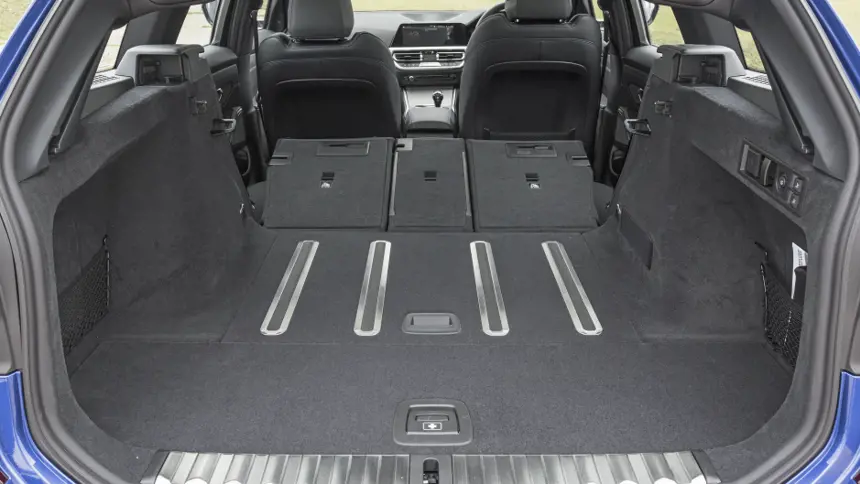
BMW 3 Series Touring dimensions
You will often read that the BMW 3 Series is a ‘compact executive’ type of car, but actually it’s not all that compact. It’s 4.7m long with a width of 1.8m (which grows to more than two metres if you add the door mirrors into that figure). As for height, it's 1.4m tall.
That’s actually an identical width and length to the 3 Series saloon and means that the Touring is more or less identical in terms of its dimensions to its key rivals from Mercedes and Audi.
That relatively large size means that passenger space is excellent, though, and you needn’t worry about parking since some form of parking sensor system and a rear camera is standard on all cars - and higher-spec models even have systems that will essentially park the car for you.
CLICK TO READ OUR FULL STORY ON BMW 3 SERIES TOURING DIMENSIONS
| Length 4,709mm - 4,713mm | Width 1,827mm |
| Height 1,440mm - 1,442mm | Weight 1,645kg - 1,965kg |
BMW 3 Series Touring boot space
The BMW 3 Series Touring provides 500 litres of boot space. That’s 20 litres more than in the saloon model, though the extra practicality of the hatchback tailgate means it feels even more spacious than that. Fold the rear seats down and you get 1,510 litres of space. It’s worth bearing in mind, too, that the plug-in hybrid version has 90 litres less carrying capacity in order to accommodate the batteries for the electric motor.
Those figures are pretty much par for the course with an upmarket estate car of this type, though the Volvo V60 offers a slightly larger boot, with 529 litres of space.
If you need more than that and don’t want to stretch - either in size or budget terms - then the VW Passat Estate with 650 litres of space and the Skoda Superb Estate with 660 litres of room, might be worth considering.
CLICK TO READ OUR FULL STORY ON BMW 3 SERIES TOURING BOOT SPACE
| Seats up 410-500 litres | Seats down 1,420-1,510 litres |
BMW 3 Series Touring reliability
The BMW 3 Series came out of the 2021 Driver Power survey - which rates owner satisfaction - as the top BMW. However, cars from upmarket manufacturers can sometimes perform surprisingly poorly in these sorts of owner surveys, as drivers expect more from cars with premium badges than they do from more affordable alternatives. In this case, the 3 Series came 31st out of 75 different models in the survey.
That being said, the Driver Power survey measures a mix of various car ownership aspects rather than solely reliability - and when you look at reliability solely, the 3 Series performs much better, so it should be a safe choice as a used car.
BMW 3 Series Touring warranty
There’s an unlimited mileage on BMW warranties for the first three years - while rival brands such as Audi limit their standard manufacturer-backed warranty to 60,000 miles. This means that high-mileage drives can get a good level of cover from BMWs under three years in age.
That said, many other car manufacturers such as Hyundai offer five-year warranties, while Kia and MG give you seven years of cover as standard.
| 3 years | Unlimited miles |
AVERAGE REPAIR COST PAID BY WARRANTYWISE: £721
CLICK HERE FOR MORE INFORMATION ON USED CAR WARRANTIES
Used BMW 3 Series Touring: should I buy one?
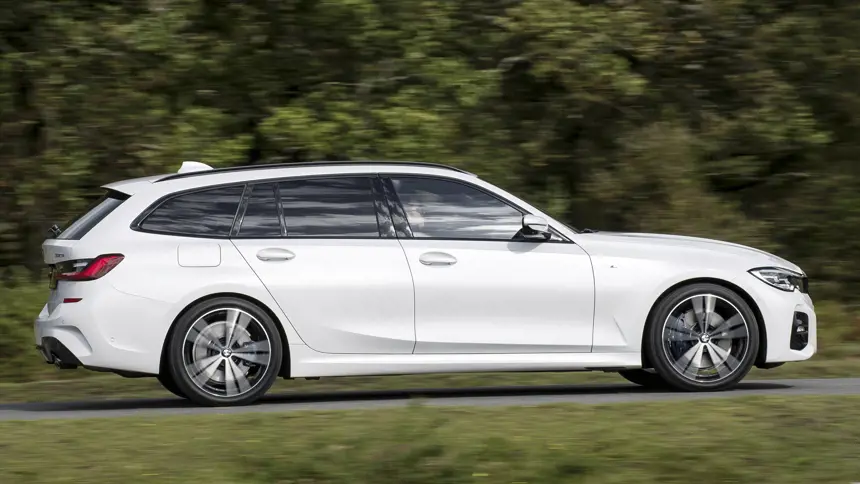
Estate cars aren’t quite as popular as they have been in the past, as many drivers move away to slightly more fashionable SUVs, but this model is still selling in significant numbers for BMW, meaning you’ll have plenty of choice if you’re in the market for a used example.
Diesels are also less common than they once were, and those that you will find are likely to have done higher mileages to take advantage of the greater fuel efficiency. However, as BMW warranties don't have a mileage limit, even high-mileage models that are less than three years old will still have some manufacturer warranty remaining.
Since BMW is a premium brand, this means that the initial price can be higher than with a number of other brands - but it also reflects the fact that BMW sells desirable cars, which means in turn that BMWs tend to hold on to their value quite well as they get older. The consequence of this is that PCP finance monthly payments can be relatively affordable, as finance companies work out PCP figures based on the difference between a car's initial price and what it's expected to be worth at the end of the contract.
Best BMW 3 Series Touring deals
Diesel models aren’t quite as popular as they were a few years ago, but the smaller diesel models are so fuel-efficient and provide such good performance that they remain popular - particularly with high-mileage drivers.
BMW has stuck with diesel power for its 3 Series Touring, and if you do a lot of miles, the fuel-efficient 318d and 320d provide excellent fuel economy and more than adequate power.
For those doing fewer miles, the 320i and 330i petrol cars will make more sense, as they are smooth and zippy engines that can still provide reasonable fuel economy.
If you’re a company car driver or keen to travel shorter distances on electric power - and are happy to charge regularly - then the 330e plug-in hybrid is an excellent choice and is the first 3 Series Touring to get this type of engine. You will lose out a little in boot space with this version, however.
The range-topping M340i xDrive, meanwhile, combines the security of four-wheel-drive traction with sports car performance from its 3.0-litre six-cylinder petrol engine. The slightly less powerful diesel-powered M340d xDrive is nearly as fast and a little more economical.
*Representative PCP finance - 2018 Ford Fiesta 1.0 ST-Line Hatchback:
| PCP representative example | APR rates available | |||||
| Cash price £12,000 | APR 7.90% | Value of loan | From | |||
| Fixed monthly payment £218.12 | Annual mileage of 8,000pa | £25,000+ | 6.9% | |||
| Total cost of credit £2,755.55 | Term 48 months | £12,000-£24,999 | 7.9% | |||
| Optional final payment £4,285.79 | Loan value £12,000 | £8,000-£11,999 | 8.9% | |||
| Total amount payable £14,755.55 | Deposit £0 | <8,000 | 9.9% |
BuyaCar is a credit broker, not a lender. Our rates start from 6.9% APR. The rate you are offered will depend on your individual circumstances.
Other Editions
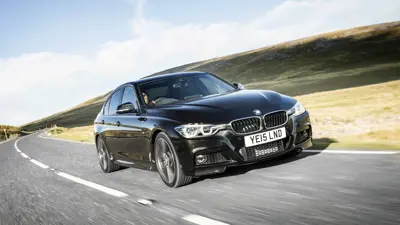
3 Series (2012 – 2019)
The BMW 3 Series is fun to drive, stylish and affordable to run
.jpg?width=400&height=225&format=webp)
3 Series Touring (2012 – 2019)
With upmarket build quality, a premium badge and a big dose of driving fun, the practical 3 Series Touring is an impressive family estate
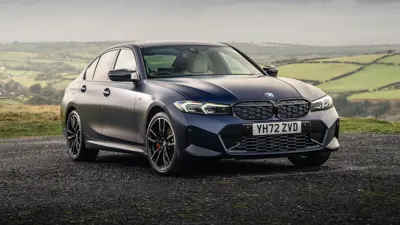
3 Series (2019)
Fun to drive, and with an upmarket feel, there are few more impressive posh saloons than the BMW 3 Series

